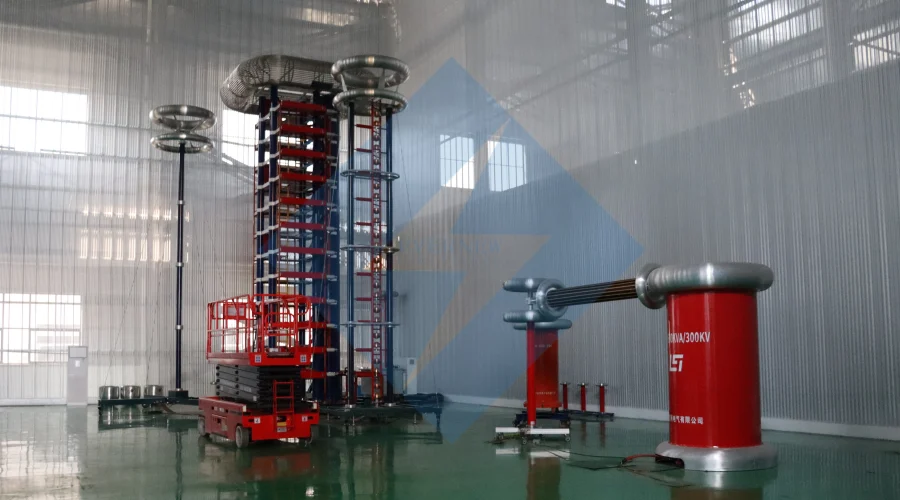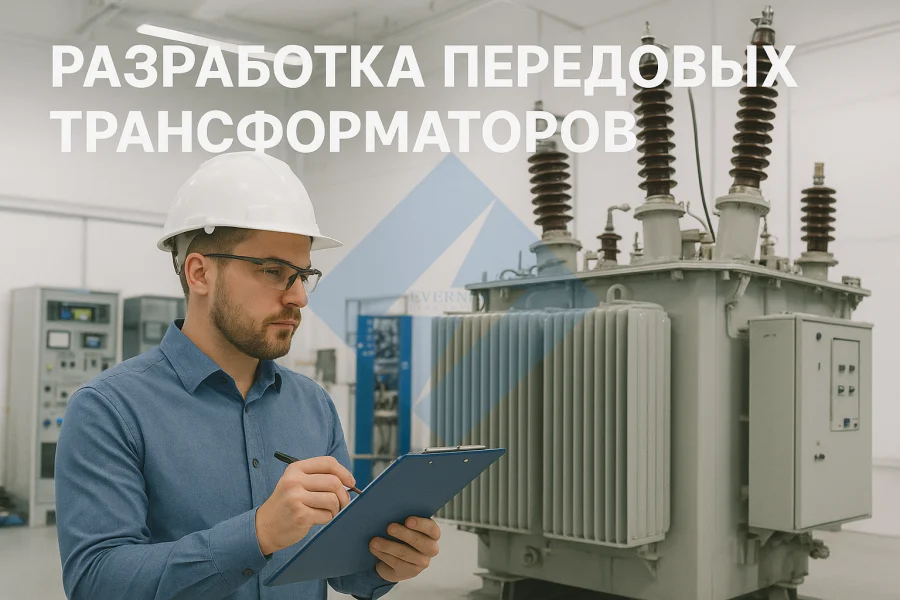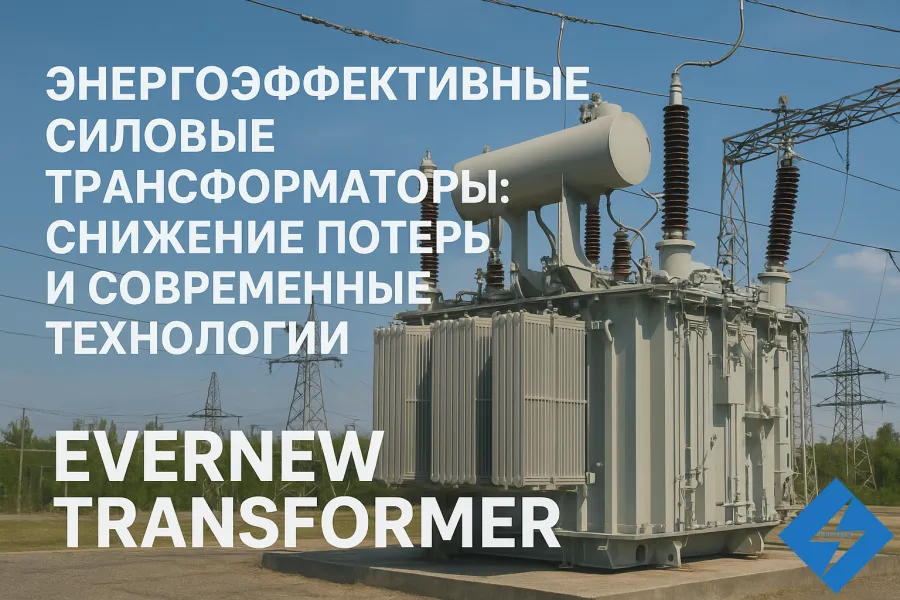Introduction: New Energy Supply Standard
With the global transition to sustainable energy and stricter environmental regulations, improving the energy efficiency of electricity grids is becoming a priority. Power transformers - The introduction of energy-efficient transformers (often referred to as energy-efficient or low-energy transformers) can not only reduce operating costs, but also improve the reliability and environmental sustainability of the entire energy infrastructure. The introduction of energy-efficient transformers (often referred to as energy-saving or low-thermal transformers) not only reduces operating costs, but also enhances the reliability and environmental sustainability of the entire energy infrastructure.
Fundamental Importance of Energy Efficiency
Given that a transformer has been energized 24/7 for decades, even a minimal improvement in its efficiency (efficiency) brings a tremendous cumulative effect.
Economics and Operations
Reducing Idle Loss (): These are permanent load-independent losses occurring in the magnetic core (steel). Their minimization ensures continuous energy savings throughout the life cycle of the equipment, especially in networks with low average load.
Reduction of Short Circuit Losses (): These losses are load dependent (proportional to the square of the current) and occur in the windings. Reducing these losses reduces energy costs during peak load periods.
Optimization of Capital and Operating Expenses (CAPEX/OPEX): While a low-flux transformer may have a higher initial cost (CAPEX), its long-term energy and maintenance savings (OPEX) provide a lower Total Cost of Ownership (TCO).
Environment and Reliability
Carbon Footprint Reduction: Reducing electricity losses directly leads to a reduction in generation demand, which reduces emissions in power plants and contributes to climate goals.
Service Life Extension (SLE): Less losses mean less heating. Reducing heat exposure and maintaining optimum thermal conditions (via innovative cooling systems) slows down insulation ageing and extends transformer life.
Improving the Quality of Electricity: Reduced losses and better voltage regulation contribute to stable operation of the entire network.

Advanced Energy Saving Technologies
Modern energy-efficient transformers (e.g, Evernew Transformer) utilize a number of key technology solutions:
1. Reducing Idle Speed Losses (Magnet Conduit)
Amorphous Alloy Magnetowires (AMT): The use of amorphous (non-crystalline) steel, such as iron-based alloys, leads to a significant reduction in magnetization losses (up to 70-80% compared to conventional electrical steel). This is due to their high magnetic permeability and minimal hysteresis losses.
High quality Grain Oriented Electrical Steel (GOE): Use of low-porosity steel with improved coatings (e.g. Step-Lap technology) for charge cores.
2. Reduction of Load Losses (Windings)
Optimized Winding Design and Materials: Application winding wires more sections or the use of special conductors for ohmic impedance reduction ().
CTC (Continuously Transposed Cable): They are used in high voltage windings to reduce the eddy current losses и circulation currents.
3. innovative cooling and control systems
Effective Cooling Methods:
ONAN/ONAF (Natural oil circulation/ Forced air circulation)
OFAF (Forced oil circulation/ Forced air circulation)
OFWF (Forced Oil Circulation / Forced Water Circulation) - for heavy-duty transformers and autotransformers.
Sealed version (TMG/MTMG): Eliminates oil contact with the environment, preventing oxidation and extending insulation life.
4. Digitalization and Predictive Maintenance
Online Monitoring (Smart Transformers): Integrated sensors and DGA (dissolved gas analysis) systems, vibration, temperature and humidity sensors. This enables predictive maintenance, timely detection of hidden defects and minimizes the risks of emergency downtime.
On-load tap-changers (voltage regulation under load): Ensure optimal operation during mains voltage fluctuations, further minimizing losses.
Read more:Basics of transformer calculation: power, losses and efficiency

International Energy Efficiency Standards
Compliance with strict international standards (such as Tier 1 и Tier 2 in Europe) guarantees high quality and cost-effectiveness. Products such as those from Evernew Transformerand is undergoing certification:
International: (e.g, for power transformers) is a key standard for most markets.
Regional/National: (RF and CIS), (European Union), (North America).
Evernew Transformer: Integrated Energy Infrastructure Solutions
How leading Chinese manufacturer with a global presence, Evernew Transformer offers a wide range high-voltage и medium-voltage equipment:
Power and Voltage Class: Production from distribution transformers (up to 35 kV) to heavy-duty units (up to 500 kV и 1200 MVA) for backbone networks.
Engineering and Manufacturing: A staff of more 1200 specialists (including 300 engineers), equipped with modern testing laboratories for all types of factory acceptance tests () and on-site testing ().
Industry Application:
Traditional Energy: Substations, distribution units.
Industry: Metallurgy, mining, oil and gas and chemical industries.
Renewable Energy: Specialized transformers for WPP and SES (wind and solar power plants).
Conclusion
An energy efficient power transformer is not just a technological improvement, but a strategic investment in the future of any power system. Choosing such equipment (such as Evernew Transformer products) provides the highest standards, guaranteed resource savings and increased reliability for decades to come.
Ready to take your project to the next level of energy efficiency? 💡 Contact us for a customized technical and commercial quotation.

